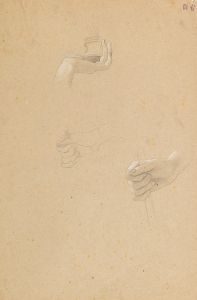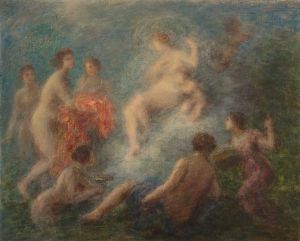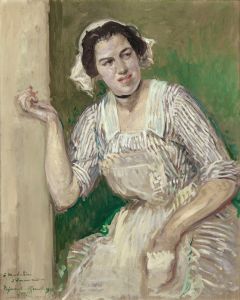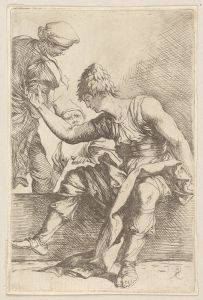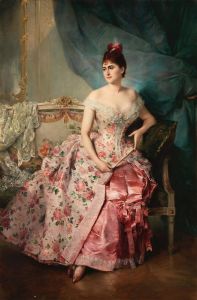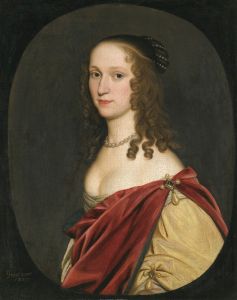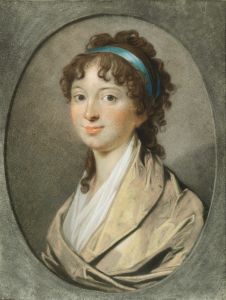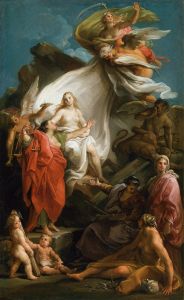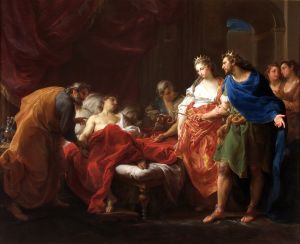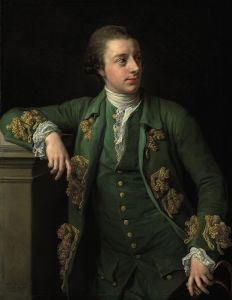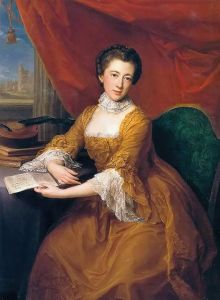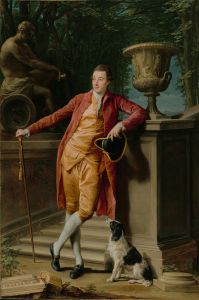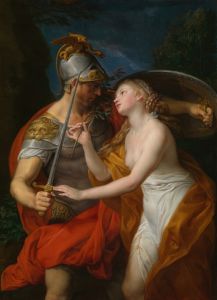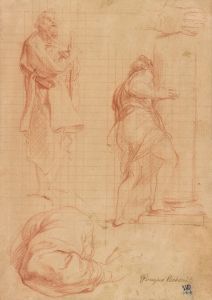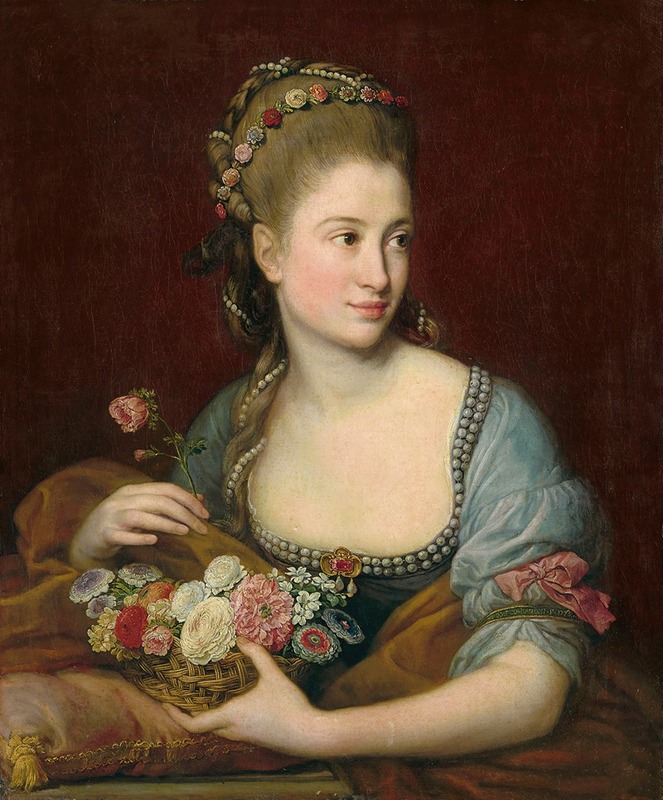
Portrait of a lady as Flora
A hand-painted replica of Pompeo Batoni’s masterpiece Portrait of a lady as Flora, meticulously crafted by professional artists to capture the true essence of the original. Each piece is created with museum-quality canvas and rare mineral pigments, carefully painted by experienced artists with delicate brushstrokes and rich, layered colors to perfectly recreate the texture of the original artwork. Unlike machine-printed reproductions, this hand-painted version brings the painting to life, infused with the artist’s emotions and skill in every stroke. Whether for personal collection or home decoration, it instantly elevates the artistic atmosphere of any space.
Pompeo Batoni's Portrait of a Lady as Flora is an 18th-century painting by the renowned Italian artist Pompeo Batoni (1708–1787). Batoni was a prominent painter of the Rococo and Neoclassical periods, celebrated for his portraits and historical compositions. This particular work exemplifies his skill in combining portraiture with allegorical themes, a hallmark of his artistic style.
The painting depicts an unidentified woman dressed as Flora, the Roman goddess of flowers, spring, and fertility. Flora was a popular subject in art during the 17th and 18th centuries, often symbolizing beauty, renewal, and abundance. In this portrait, Batoni merges the sitter's likeness with the allegorical representation of Flora, showcasing his ability to blend realism with idealized classical imagery.
The lady in the painting is adorned with a garland of flowers and holds additional blossoms, emphasizing her association with the goddess. Batoni's attention to detail is evident in the intricate rendering of the flowers, the luxurious fabrics of her attire, and the soft, luminous quality of her complexion. The artist's use of light and shadow enhances the three-dimensionality of the figure, a technique for which he was highly regarded.
While the identity of the sitter remains unknown, it was common during this period for wealthy patrons, particularly women, to commission portraits in which they were depicted as mythological or allegorical figures. Such portraits allowed the subjects to convey their virtues, status, or personal interests in a sophisticated and fashionable manner.
Batoni's Portrait of a Lady as Flora reflects his mastery of portraiture and his ability to imbue his works with elegance and refinement. The painting is an example of the artist's broader oeuvre, which often catered to the tastes of European aristocracy and travelers on the Grand Tour. His works were highly sought after by patrons from across Europe, and he became one of the most celebrated portrait painters of his time.
The current location of Portrait of a Lady as Flora is not definitively documented in public records, and further details about its provenance or commission are not widely available. However, the painting remains an important example of Batoni's artistic legacy and his contribution to 18th-century European art.





